Starling Salon isn’t the only Denver salon with gender-neutral pricing, a lot of spaces are getting with that program these days. Part of the gender-neutral and gender-affirming equation is the pixie cut. Of course, it’s not as simple as calling all short hair a pixie cut, short hair encompasses so many styles you’ll run out of breath before listing them all. Short hair isn’t even about gender-affirming care all the time, what about the traditional “men’s cut”? Barbering is its own subsection of haircutting that not all cosmetologists work in, but both groups must understand the basics of short haircutting. Aran Beattie of Vanity House in Ontario gave Starling Salon a thorough education on the topic.
Short hair. Who’s wearing it? In the 90s, it was all the supermodels and your favorite teen dreams on the cover of Tiger Beat. In the early 2000s, it was alternative girls. Today, it’s nearly everyone, but to be fair, it looks like the K-pop stars started it, and now short hair is trending. How are you supposed to know which short style works for you with so many variations? A handful of photos and a great hair stylist.
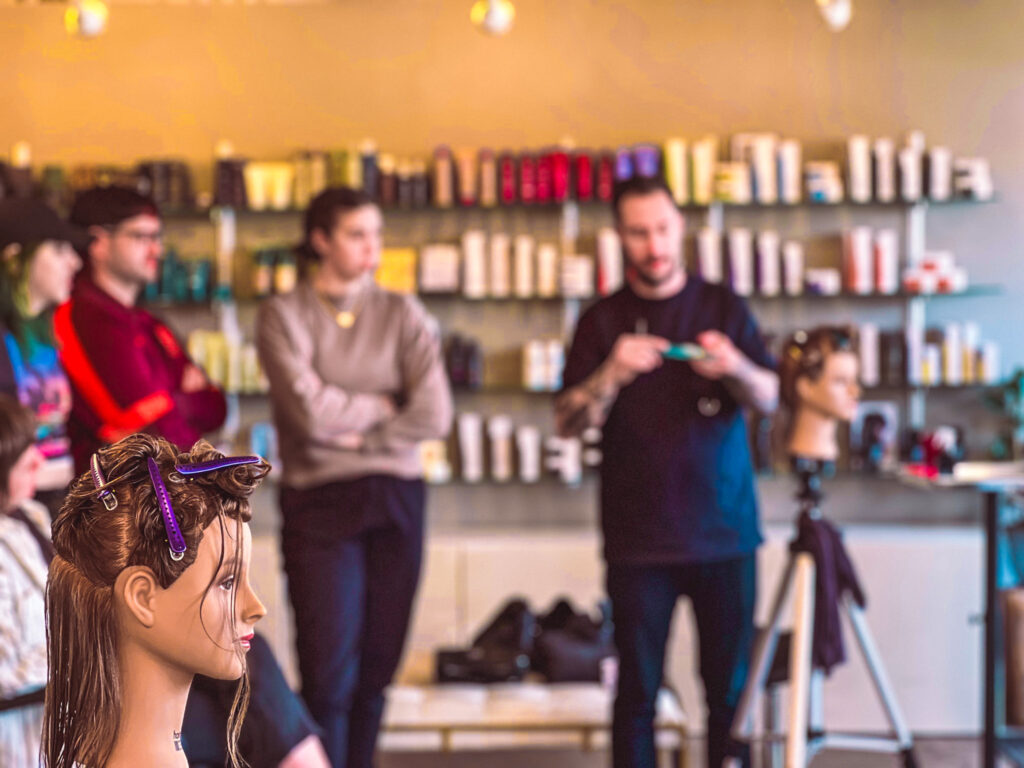
Defining Short Hair
A hair artist could perform one million short haircuts in their career without repeating any cuts. Cosmetology school teaches blueprints and guides to create the same haircut over and over, but any practicing artist knows it doesn’t work that way. Every head and hair pattern presents differently, so a copy and paste method won’t produce great short hair. Hair professionals pay attention to your cowlicks and head shape to conceal or accentuate features, creating custom cuts every time.
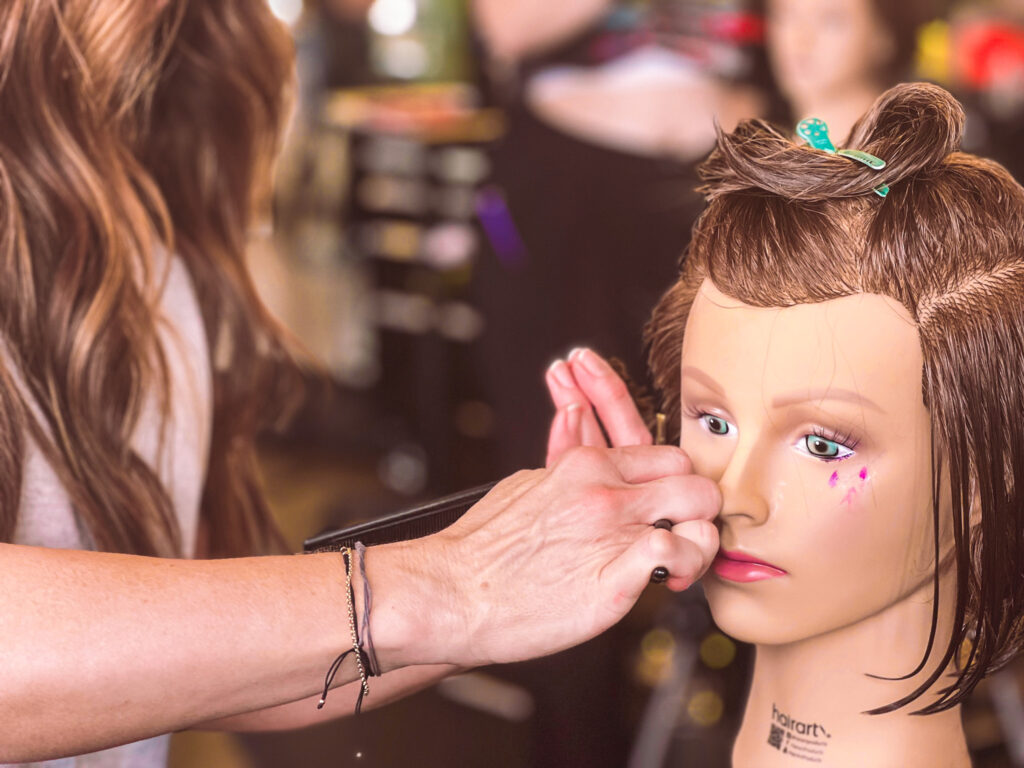
For the non-trained crowd, ideas might feel limited. Sure, pixies are popular, but you have more options. Since mullets are making a comeback, pause on Pat Benatar for a while. She wore loads of styles, most notably the mullet, but what people overlook is that her hair was short. Sometimes a pixie, sometimes a mullet, sometimes somewhere in between, proving short hair comes in various flavors.
As for trends, the dark horse of short hair is the bixie (bob/pixie). It’s above the shoulders and full of texture without straying too close to mullet territory, but the point is, there’s a lot of short hair out there.
For that reason, don’t leave home without your inspiration photos. That’s how you and your artist bridge the gap between your blossoming ideas and their knowledge of hair shape. If you struggle to articulate what you want, then pointing to the strands you like in a photo can get the job done. Do you like to tuck your front hair behind your ear? Thinking about bangs? Do you hate the feeling of hair on the back of your neck? You don’t have to know those answers in advance, but sharing photos will answer these questions and give your hair professional a big heads-up.
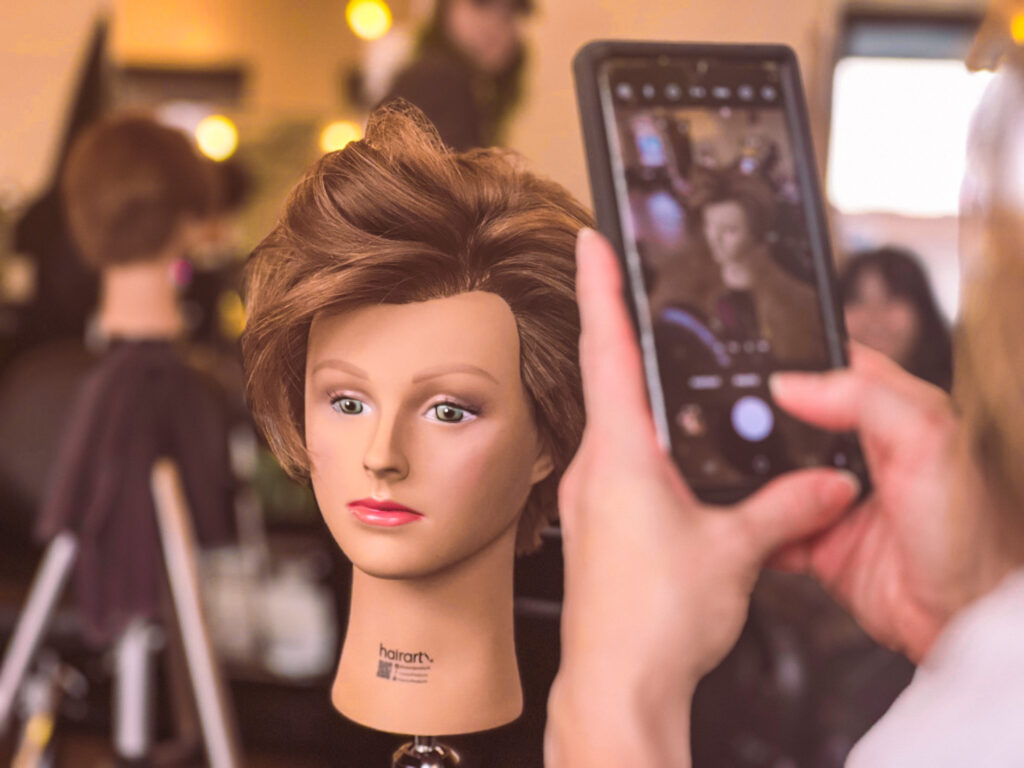
The Feminine v. Masculine Debate
Aran reminds the class of design principles, which explain that round and triangular shapes create more feminine haircuts, while square shapes look more masculine. It’s important to apply the appropriate techniques because “design principles create visually appealing and functional designs,” Aran says.
Imagine running your hand over a static-infused balloon. The resulting hairstyle isn’t fashionable, but it reveals the shape of your cut when each strand sticks straight out. A round shape means lots of layering, each section lifted to 90 degrees, softening sharp corners and edges found in shorter haircuts. A triangular shape means the front sections direct toward the shorter hair in the back, keeping more length at the face.
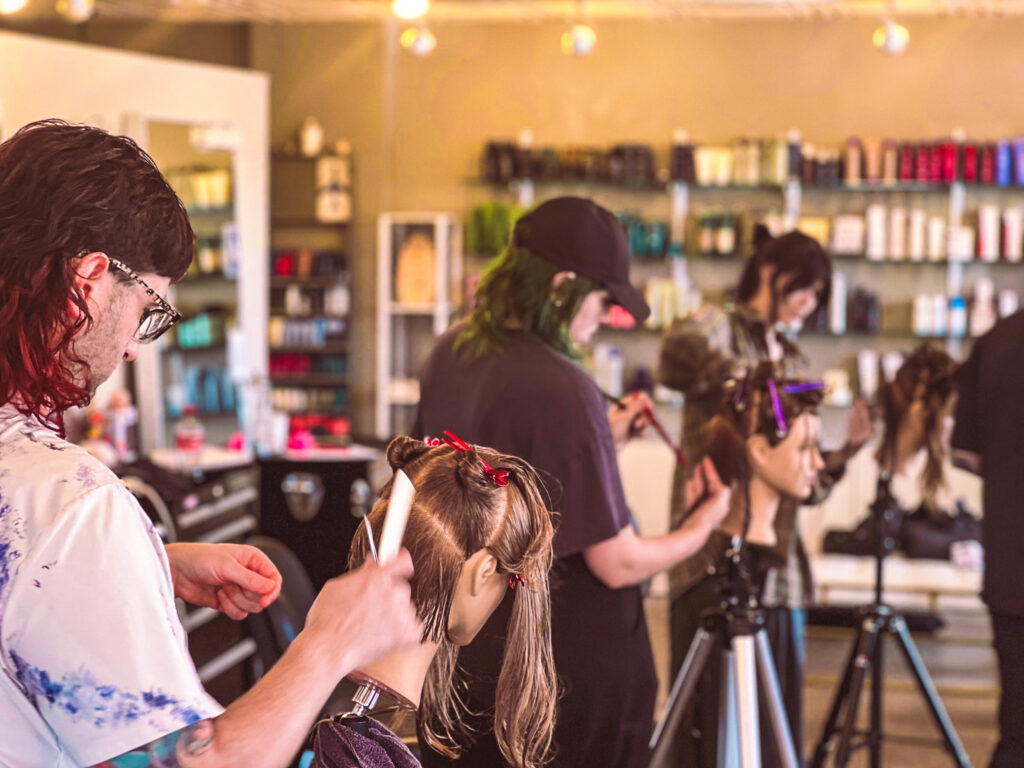
Aran says the masculine look is “in the parietal ridge. If this is square, it transfers down and strengthens the jawline.” The parietal ridge is where the sides and top of your head meet. It rounds the curve of your head, creating a horseshoe. Masculine cuts might leave that area disconnected, but either way, the transition will mimic the corner of a square. Artists will use a lot of straight lines, avoiding the round of the head and softening.
The easiest example of these three cuts is the triangular shape. Most people recognize an A-line cut, which falls under the feminine shapes. Though a traditional fade is customizable, the straight taper associated with the sides and back enforces a common square shape. Round shapes are everywhere, like curly styles that layer to allow their curls space and softness.
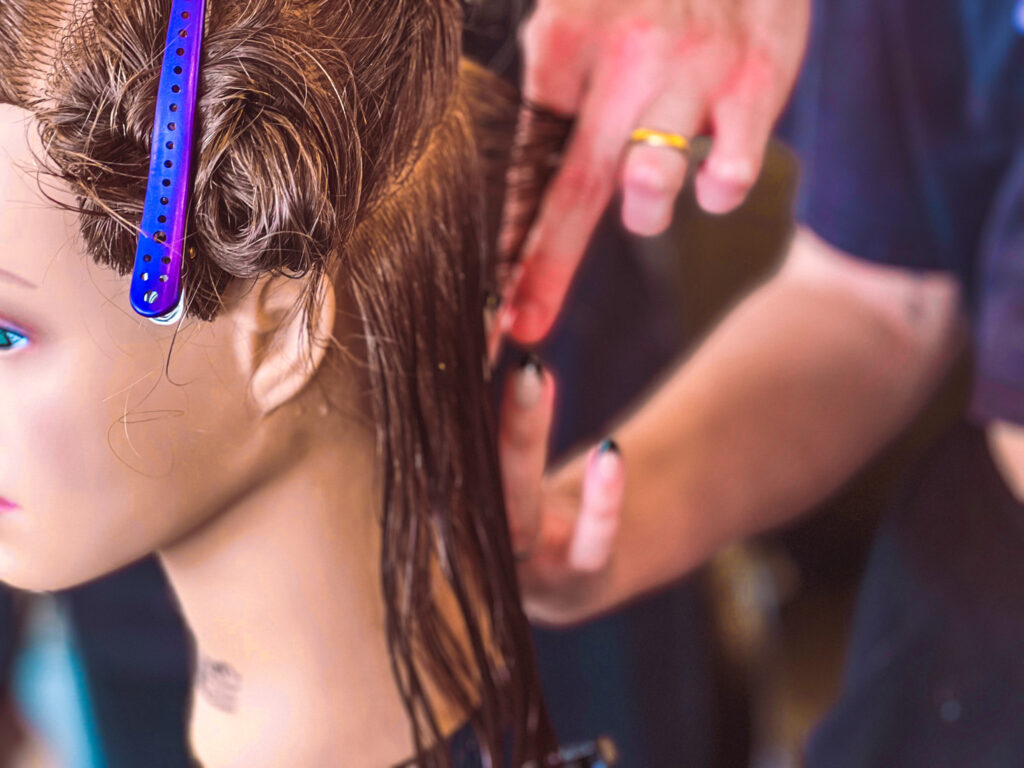
The Softness v. Weight Debate
Speaking of softness, how do you add/avoid that? As mentioned above, some cuts mean to create softness, but even a square and masculine cut can add a bit of softness. Softening the cut means removing weight, which you can identify by grabbing the hair. It’s less about touching a small section with your fingertips and more about grabbing a fistful of hair. If the clump of hair looks or feels like there are too many strands, it’s heavy (weighty) and can use softening. This is harder to see and feel on shorter hair, so it might help to ask your hair professional where they see or feel the weight.
Removing that weight happens in one of two ways: cutting it off or thinning/texturizing it.
While cutting, “horizontal sections build weight, vertical sections remove weight” Aran says. Thinning hair out is an extreme texturizing technique that should only apply to someone with a LOT of THICK hair, so don’t request this willy-nilly! Texturizing is deliberate and cautious weight removal without losing length. It’ll take that fistful of hair from thick-as-a-rope to whatever is manageable for you. Hair stylists can use several tools to texturize, but if you have a favorite, let them know.
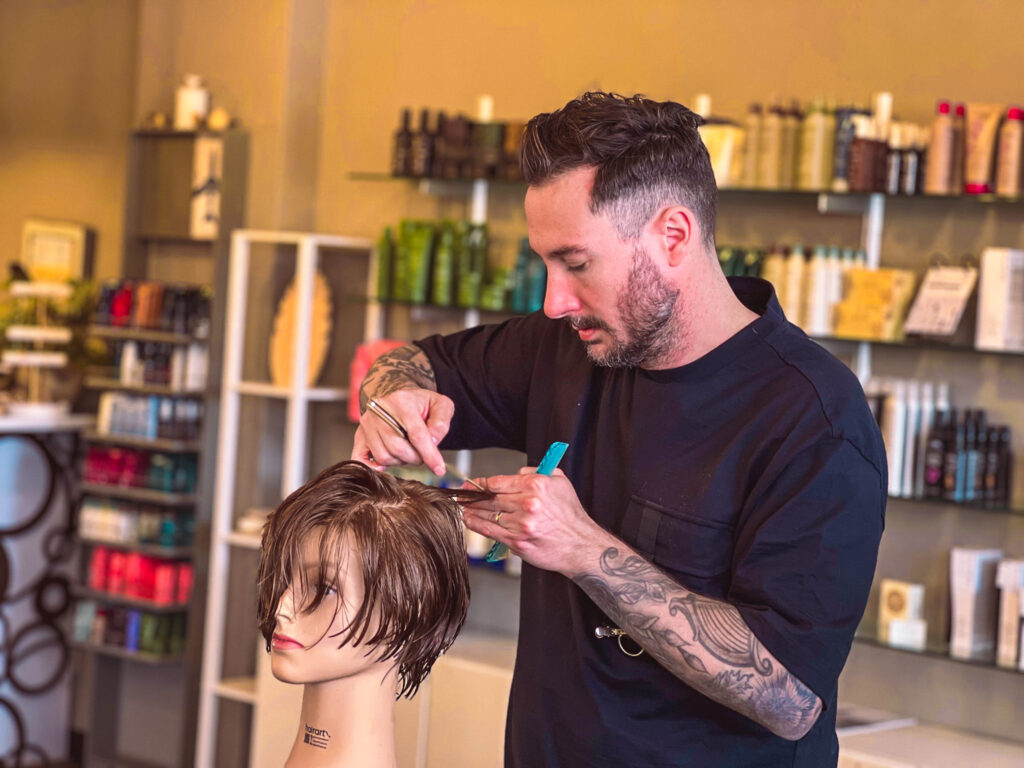
Bonus Points
Only your hair artist needs to understand hair fundamentals but walking in with some education levels the playing field. Some cosmetology knowledge is standard across the board, and some changes depending on salon aesthetics, geographic location, service specialties, and other factors. One of the biggest differences between salons and stylists is terminology. Are you familiar with the Sawa? Millennials remember Devon Sawa and the haircut he championed in the 90s along with his fellow heartthrobs. After their informative class with Aran, Starling Salon professionals are equipped to deliver the always-popular Sawa at the drop of a hat. You might’ve named the cut after Leo or JTT, but you know the look.
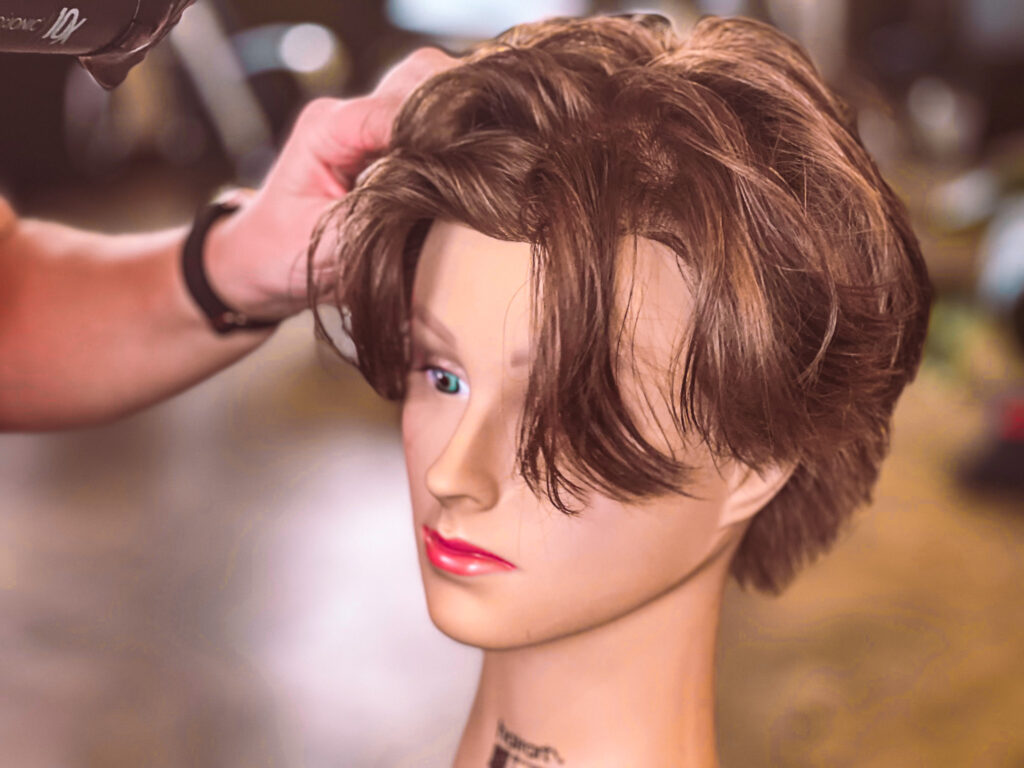
Like the Sawa, we rename bangs in the salon daily. If you want to look like Sabrina Carpenter or Reneé Rapp, flash their photos to your stylist. As you can tell by the short style named after a 90s icon, hair professionals take a decade or two to catch up sometimes. Thanks to Aran Beattie’s massive expertise in cutting short hair, the artists at Starling Salon are up to date. Unless you do want the Sawa, in which case, they’re happy to oblige.
Visit the online booking page to schedule your next short haircut.
If you’re looking to blend your Millennial icons with modern pop culture, check out Tiger Beat’s IG here.
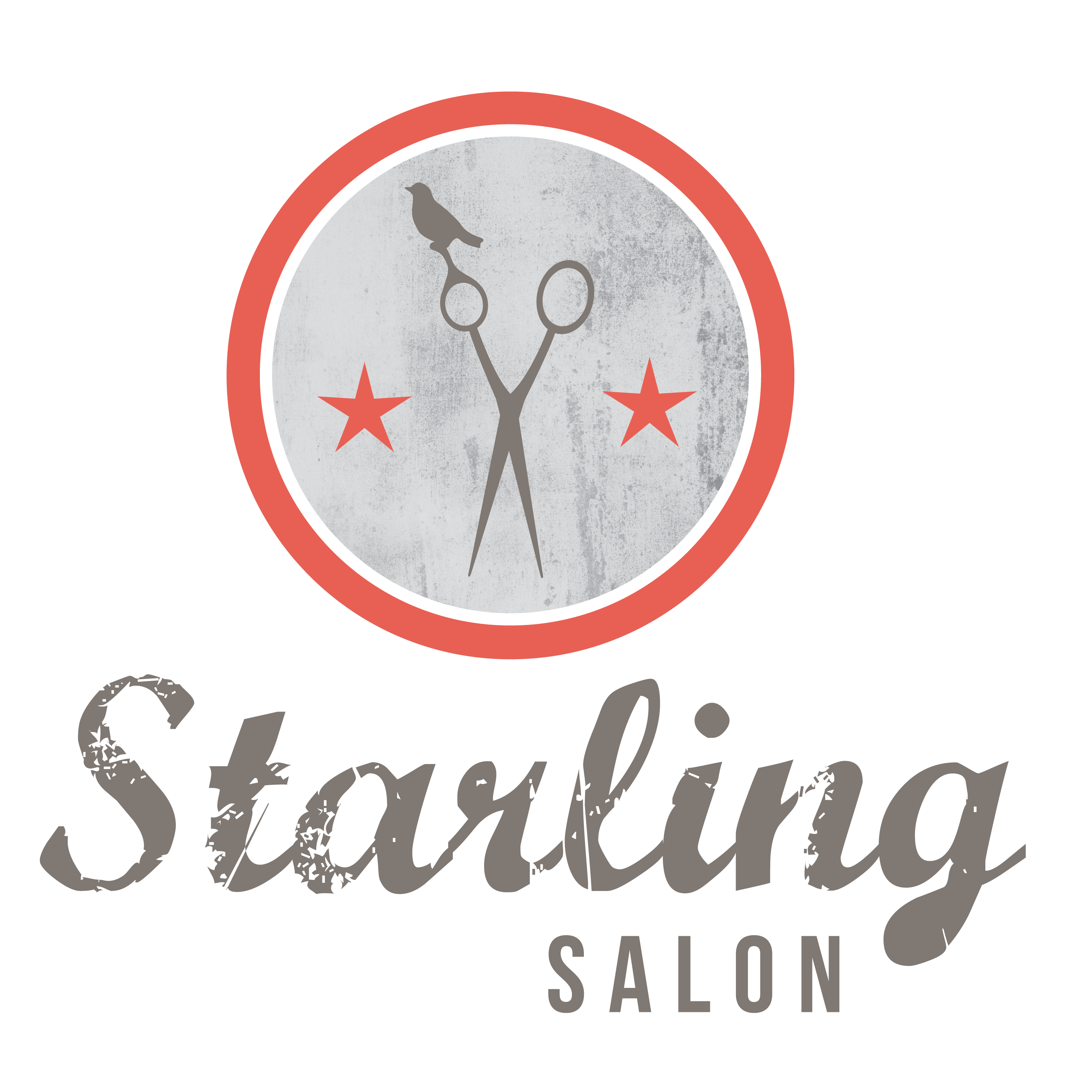
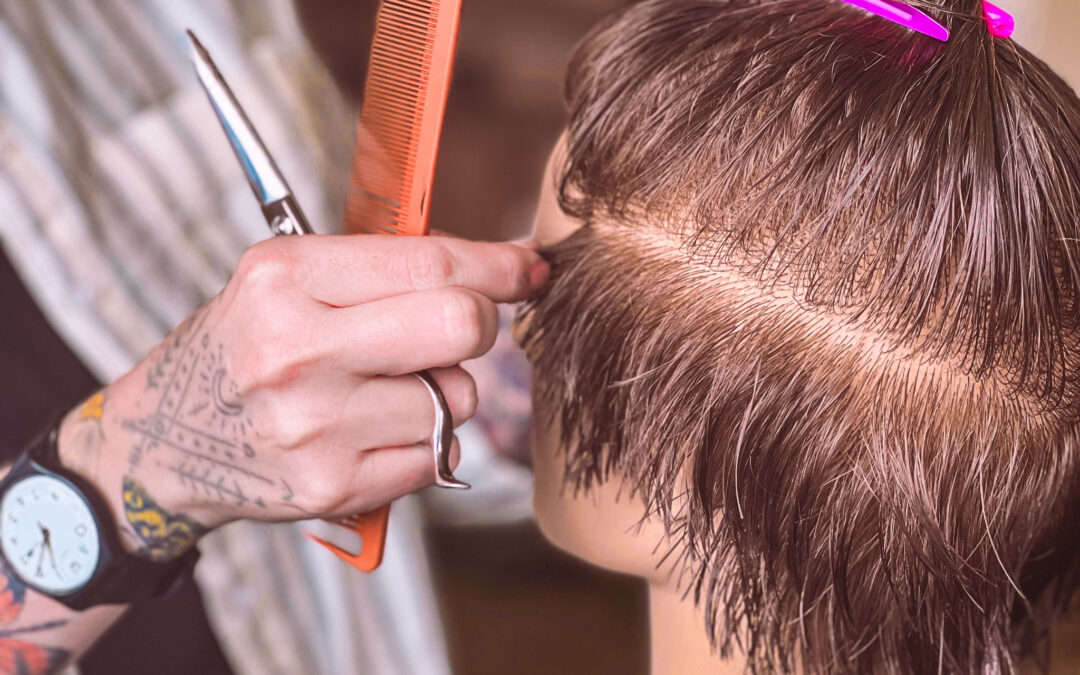
Recent Comments